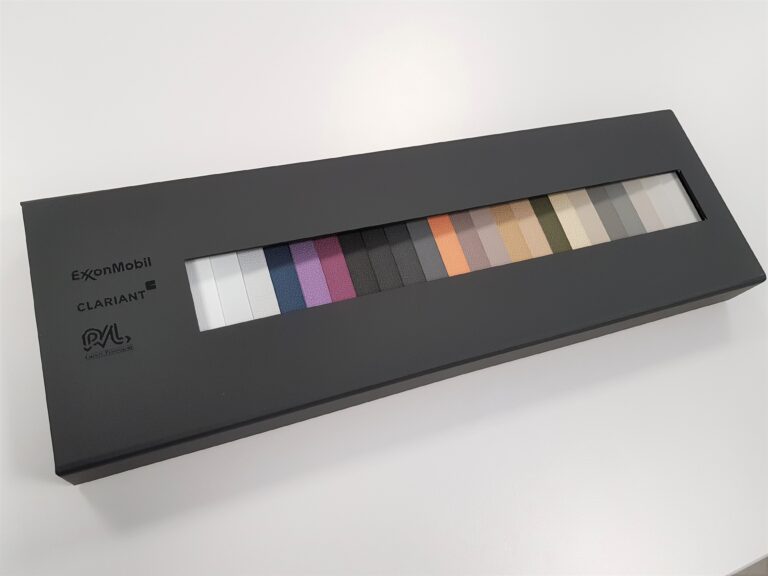A collaboration between color and additive specialist Clariant Masterbatches, polymer producer ExxonMobil, and Plastivaloire Group, a specialist in automobile interior design, has produced a new extensive range of colors designed to dramatically change the look of car interiors in the coming years.
Xavier Clément, regional sales and project manager – automotive at Clariant, said, “We each recognized that vehicle design would be changing fundamentally in the coming years, especially given the trend toward shared cars or self-driving vehicles. Drivers and passengers will want to decorate the interior of their car the same way they decorate their living rooms. We realized that, alone, we could not provide a real solution but, if we collaborate, we would be able to better serve car manufacturers and automotive designers.”
ExxonMobil was already working on a new family of performance polyolefins. With 8% lower density than previous-generation materials, its Exxtral performance polyolefins are lightweight, an important factor in reducing CO2 emissions. They also provide better impact strength and flow characteristics so they can be molded in thinner sections, and are non-tacky, as well as scratch and UV resistant. To be successful in the market, however, they also need to be easy to color.
At Plastivaloire, designer Aurélie Nangniot was creating a spectrum of accent colors that would work in harmony in automotive interiors. She and the experts at Clariant developed a warm color palette based on natural materials like leather, copper, cork or wood, and a cool spectrum was inspired by fashion and interior design. Warm colors provide a human touch in response to the trend toward higher comfort standards in car interiors, while cool colors reflect the higher technology of multiple screens and connected devices that will characterize the autonomous cars of the future.
A total of 23 different hues were eventually selected and molded samples were assembled in a presentation box for easy evaluation.
“The masterbatches allow unlimited creativity for automotive designers and improve the perceived quality of plastic parts in their vehicle interiors,” added Clément.



